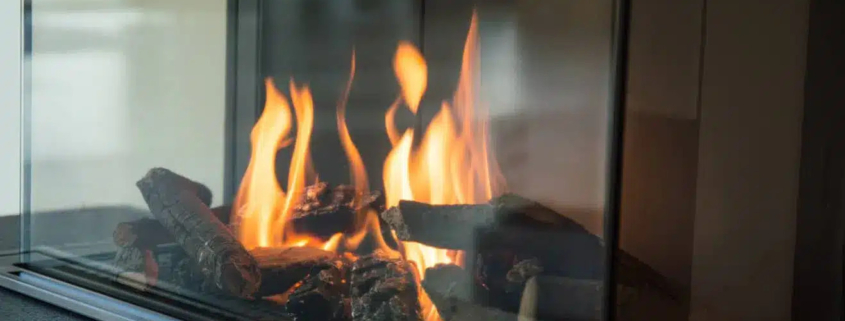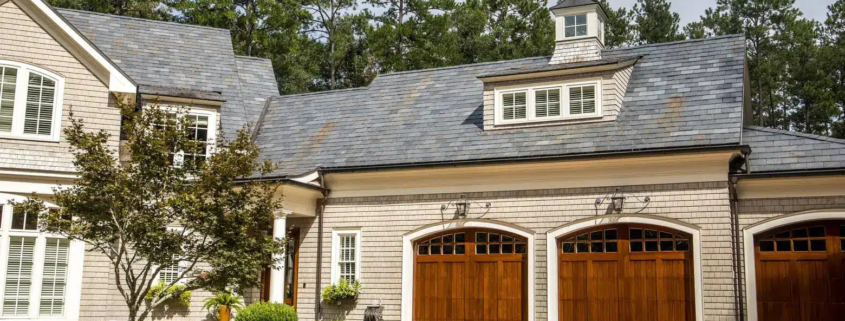When it comes to owning a home, the safety of you and your family is a necessity. You will want to inspect the home to ensure all areas are safe and secure. This includes any handrail or banister associated with your stairs. If you have young children you will want to teach them how to navigate up and down the stairs. Having handrails in place is a great start. How do handrails on stairs help keep you safe? They are a guide and provide stability as you move up and down the stairs.
Let’s take a look below at some more details regarding handrail safety.
What Is A Stair Handrail?
The primary function of a stair handrail is to provide support and stability while walking up or down the stairs. Having something safe to grab onto allows you to navigate the stairs more quickly and confidently. Gliding your hand down the handrail is the key. It is recommended that you use the “tennis-racket grip” to maintain a safe hold on the handrail at all times.
What Is The Purpose Of A Handrail?
Believe it or not, handrails serve a great purpose. Aside from just being something to grab onto while on the stairs, they will provide an aesthetically pleasing sight to your stairs. Let’s take a look below at how handrails on stairs help keep you safe.
- Prevent accidents – Handrails are installed to provide you with something to grab onto while navigating up and down the stairs. This keeps you from having accidents if you trip on a step or miss a step.
- Provide mobility – For homeowners that might not have great balance, the handrail provides them with more mobility as they can go up and down the stairs in a safe manner.
- Liability protection – Having a handrail in place protects any liability on the homeowner. Imagine not having a handrail and someone tripping on your stairs. This would be potential for a lawsuit if someone were to get hurt.
How Can I Make Handrails More Visible?
To increase the safety of a handrail you will want to do a few things to make them more visible. Let’s take a look below at what those things might be.
- Take extra precautions on stairs if you happen to wear bifocal glasses.
- Consider a matte finish on the treads so that you can avoid any glares.
- Improve depth perception by using angular lighting and color contrast.
- Don’t use any patterned carpeting. This may hide the depth differences on the stairs.
Other Recommended Maintenance
Now that you know how handrails on stairs are meant to keep you safe you can explore other safety areas in your home. Use a springtime maintenance checklist to ensure that you have the whole home up-to-date.
Next, while you are working to determine if the handrail is safe and secure, you might encounter a dent in your wall. Understanding how to repair dents in your wall will save you from having to hire an additional contractor to repair them for you.
Lastly, if you are having a home inspection done, it is a great idea to know what to expect before, during, and after the home inspection is complete. This will give you an advanced idea of how everything will play out.
When Do I Call A Professional?
When you purchase or build a home with a second story or a split-level you will want to ensure that the handrail is intact and properly working. Additionally, this should be covered during the home inspection of the purchase. Also, if proper building codes are not followed you will want to have this corrected. For safety reasons, hire a professional to assist with the installation of a new handrail.
Conclusion
Anytime you are upgrading your home or making changes you will want to follow the building codes. Hiring a professional that understands building codes is key. Consequently, hiring someone who specializes in handrail installation is key. Also, call on your local home inspection team to check the stairs and other areas of the staircase to ensure that everything is safe. Reach out to Blue Guardian Home Inspections for a staircase handrail inspection during a complete home inspection in Kendall, Kane, Dupage, and LaSalle Counties of Illinois.



